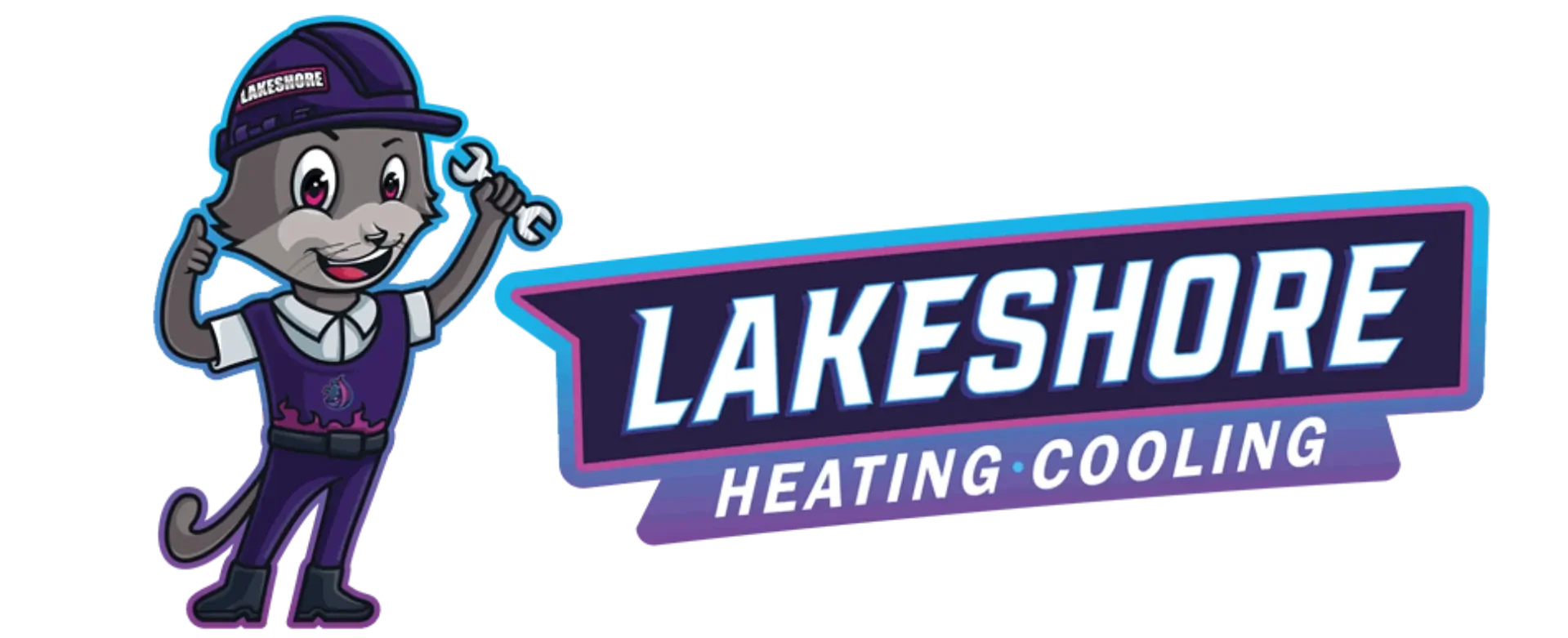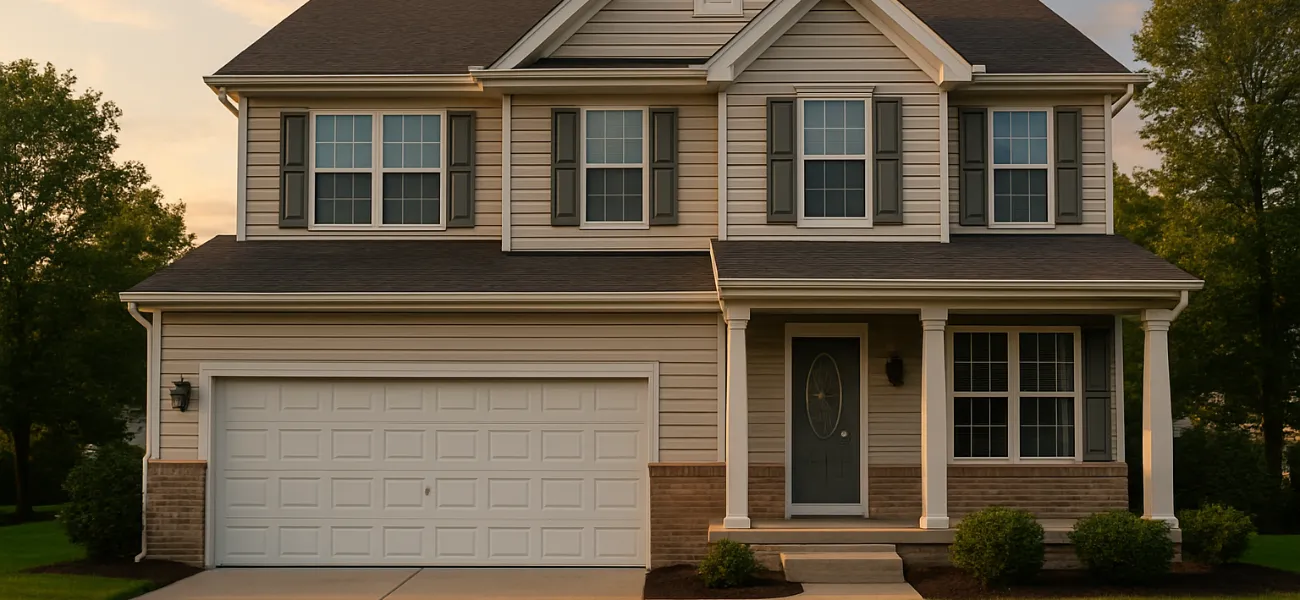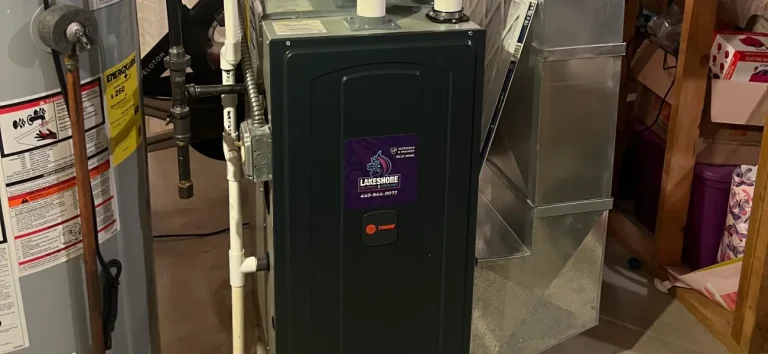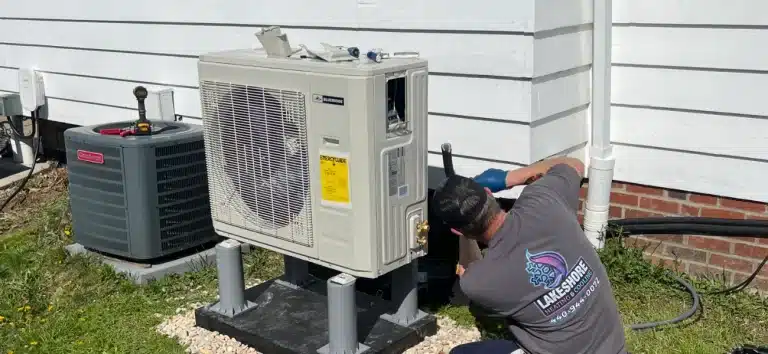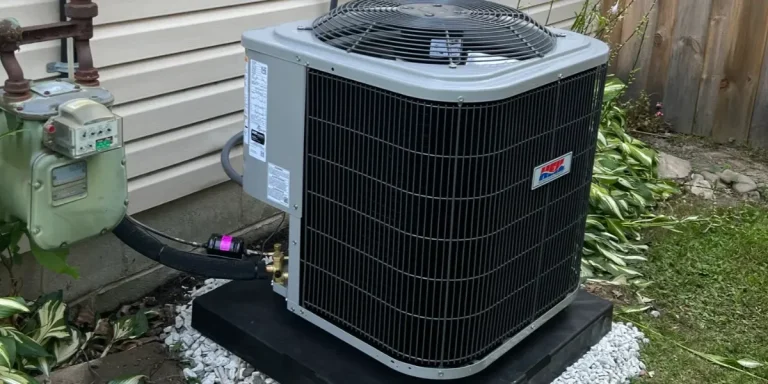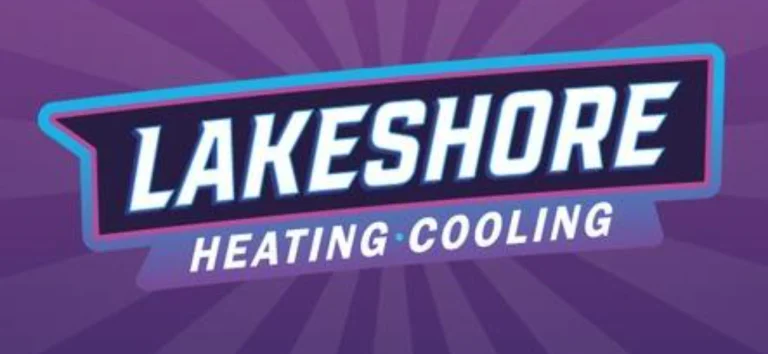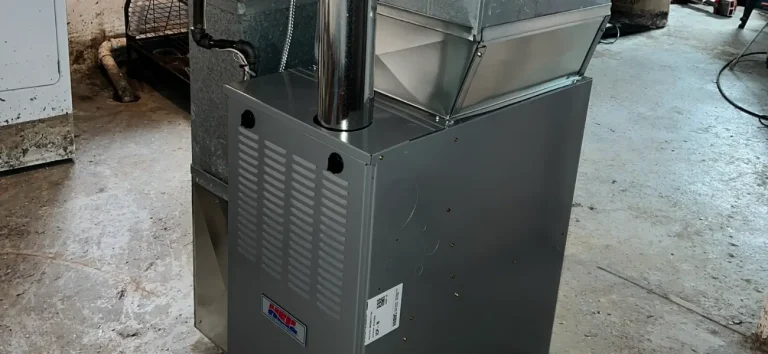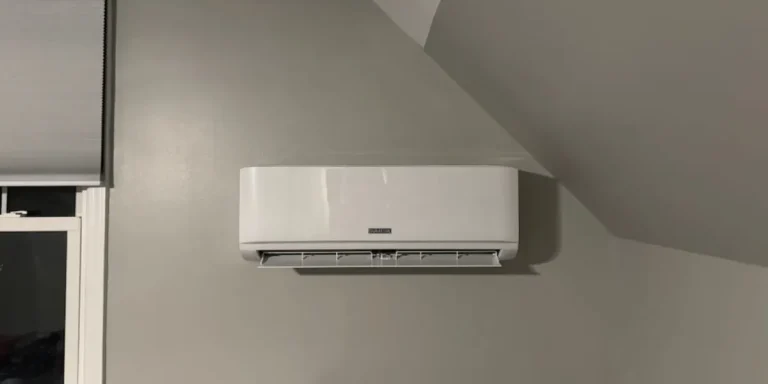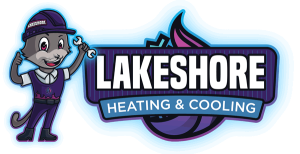The Best HVAC System for Two-Story Homes in Ohio
If you live in a two-story home in Ohio, chances are you've experienced that frustrating imbalance: the upstairs is too hot in the summer and too cold in the winter, while the downstairs feels just right—or vice versa. You’re not alone. Two-story homes are notoriously tricky to heat and cool evenly, especially in Ohio's climate where we face both bitter winters and humid summers.
As a certified Trane dealer serving Lake and Cuyahoga Counties, we specialize in solving these comfort challenges with industry-leading HVAC systems designed to keep every level of your home consistently comfortable.
Why Two-Story Homes Are Harder to Heat and Cool
Two-story homes naturally present a challenge when it comes to maintaining even, consistent temperatures across both levels. The root of the issue lies in basic physics: warm air rises and cool air sinks. While that sounds simple, the impact it has on your comfort—and your energy bills—can be significant.
In the Summer:
Hot air accumulates on the upper floor, making bedrooms and second-story living areas feel stuffy and uncomfortable. Your air conditioner works hard to cool the entire house, but by the time the upper floor feels bearable, the lower level often becomes too cold.
In the Winter:
The opposite occurs. Your furnace pushes warm air throughout the home, but it naturally rises to the second floor—causing rooms upstairs to overheat while the first floor remains chilly. You may find yourself adjusting the thermostat constantly or using space heaters downstairs and cracking windows upstairs, which is inefficient and expensive.
Common Contributing Factors:
1. Single-Zone HVAC Systems
Most traditional HVAC systems are designed as single-zone systems. This means one thermostat controls the temperature for the entire home, regardless of how different each floor's needs might be. This one-size-fits-all setup is a poor match for multi-level homes, especially in climates like Ohio’s, where seasonal extremes are the norm.
2. Poor Airflow or Ductwork Design
Many two-story homes, particularly older ones, weren’t designed with modern HVAC principles in mind. Ductwork may be undersized, poorly routed, or lack proper return vents—leading to airflow that’s weak upstairs and too strong downstairs, or vice versa. This uneven distribution is one of the top culprits behind temperature swings between floors.
3. Lack of Zoning or Outdated Thermostats
Without a zoning system, your HVAC system can't target specific areas of your home. You're forced to choose one temperature setting that rarely satisfies both floors. Outdated thermostats compound the problem by lacking programmability, remote control features, or the ability to communicate with newer, variable-speed equipment.
4. Insulation & Air Leakage (Especially in Older Homes)
Older homes often lack proper insulation or suffer from air leakage around windows, doors, or through the attic. Poor insulation in the attic allows heat to escape in the winter and enter in the summer, which can significantly increase the temperature differential between floors. This puts more strain on your HVAC system and makes it harder to regulate temperatures evenly.
New vs. Older Two-Story Homes: What to Consider
When choosing the best HVAC system for a two-story home in Ohio, it’s important to consider whether the home is newer construction or an older build. The age of the home can impact everything from insulation levels to duct design—and ultimately, how easily and efficiently your HVAC system can keep every room comfortable.
Newer Two-Story Homes
Newer homes, especially those built in the last 10 to 15 years, tend to be constructed with modern energy efficiency standards in mind. This includes:
-
- Improved insulation in walls, attics, and crawlspaces.
- Tighter building envelopes that reduce drafts and air leakage.
- Better ductwork design, with more attention to balanced airflow and return vents.
- Pre-installed smart thermostats or wiring that's compatible with newer zoning systems.
These features make newer homes ideal candidates for high-efficiency HVAC systems, particularly Trane’s variable-speed systems. These units offer exceptional control over airflow and temperature, allowing the system to ramp up or down slowly to maintain precise comfort on both floors without wasting energy.
Many newer homes can also be easily upgraded with a Trane zoning system, which uses multiple thermostats and motorized dampers in the ductwork to send heating or cooling exactly where it’s needed. This allows upstairs and downstairs to operate almost like separate climate zones, ensuring consistent comfort from room to room.
Older Two-Story Homes
Older homes—especially those built before the 1980s—can be more challenging when it comes to HVAC performance. That’s because they often suffer from:
-
- Outdated or leaky ductwork that restricts airflow and causes uneven temperatures.
- Limited return vents, especially on upper levels.
- Inadequate insulation, particularly in the attic and around windows and doors.
- Electrical systems that may not be immediately compatible with smart thermostats or advanced HVAC controls.
Despite these obstacles, older homes are far from a lost cause. Trane offers flexible HVAC solutions that can be adapted to older layouts without requiring a full renovation. For example:
-
- A Trane zoning system can often be retrofitted into an existing system with minimal changes to ductwork.
- Ductless mini-split systems can be added to problem areas—like upstairs bedrooms or finished attics—without touching existing ducts.
- High-efficiency Trane furnaces and air conditioners can improve airflow and comfort with two-stage or variable-speed operation, even when used with older ductwork.
And if your home needs additional improvements—such as duct sealing, insulation upgrades, or thermostat replacements—we can guide you through every step of the process.
Our Top Trane HVAC Recommendations for Two-Story Homes
To fix uneven temperatures and improve energy efficiency, we typically recommend one of the following Trane system configurations:
1. Trane XV20i Variable-Speed Heat Pump or AC + S9V2 Gas Furnace
-
- Delivers ultra-precise temperature control.
- Variable-speed motors adjust in real-time to maintain even temperatures.
- Ideal for homes where a dual fuel system is the best option.
- Excellent pairing with Trane ComfortLink™ zoning systems.
2. Trane TruComfort™ Variable Speed Systems
-
- Adjusts compressor and fan speeds in tiny increments.
- Maintains your set temperature with minimal fluctuation—perfect for multiple floors.
3. Trane Zoning Systems
-
- Install thermostats on each floor, with motorized dampers in the ductwork.
- System automatically directs airflow based on your comfort needs.
- Great for both retrofits and new construction.
4. Trane/Mitsubishi Ductless Mini-Splits
-
- Perfect for bonus rooms, finished attics, or any upstairs areas that need extra help.
- Provides both heating and cooling with no ductwork required.
- Energy-efficient and whisper-quiet.
We Proudly Serve These Cities and Towns in Lake & Cuyahoga Counties In Ohio
Lake County: Mentor, Willoughby, Eastlake, Wickliffe, Willowick, Painesville, Kirtland, Perry, Madison, Concord, and Fairport Harbor
Cuyahoga County: Euclid, Mayfield, and Richmond Heights
If you're in any of these communities, we're your trusted local Trane dealer for expert advice, system installation, and maintenance.
Ready to Fix Your Heating & Cooling Struggles for Good?
If you're tired of sweating upstairs while freezing downstairs (or vice versa), it's time to get serious about upgrading your HVAC system. We’ll evaluate your home, listen to your comfort concerns, and recommend the perfect Trane solution to keep your entire home comfortable year-round.
Contact us today to schedule a free in-home consultation and learn how you can experience consistent comfort—on every floor.
